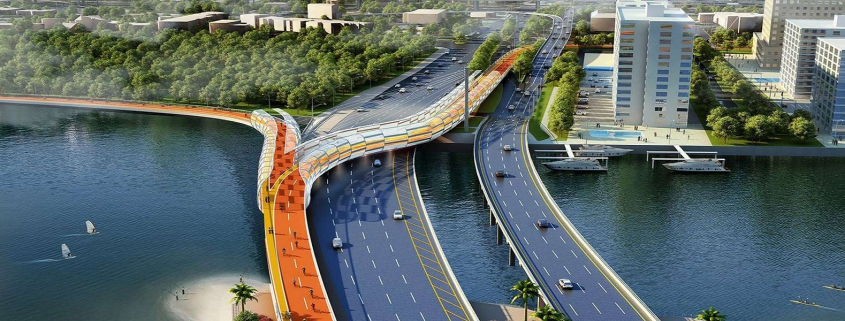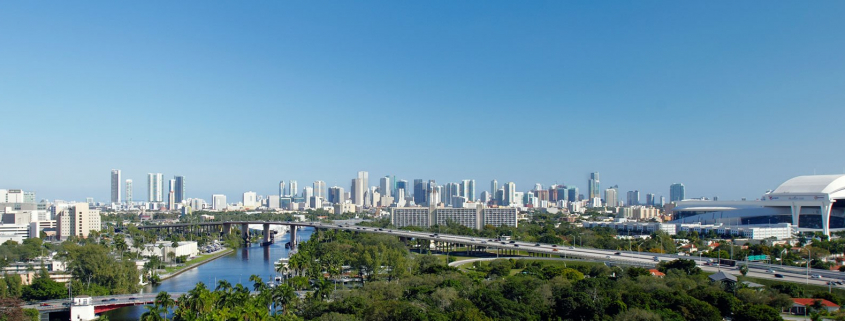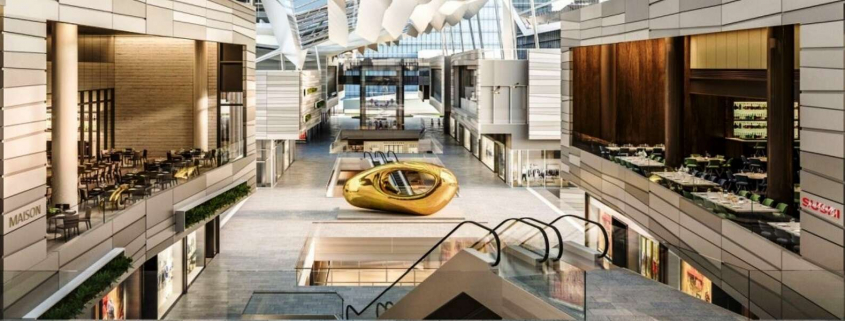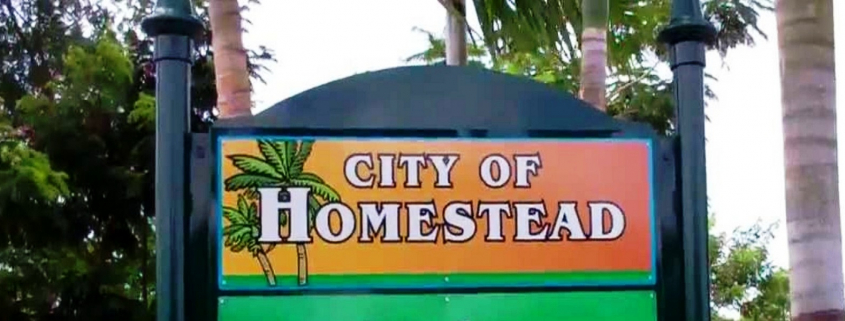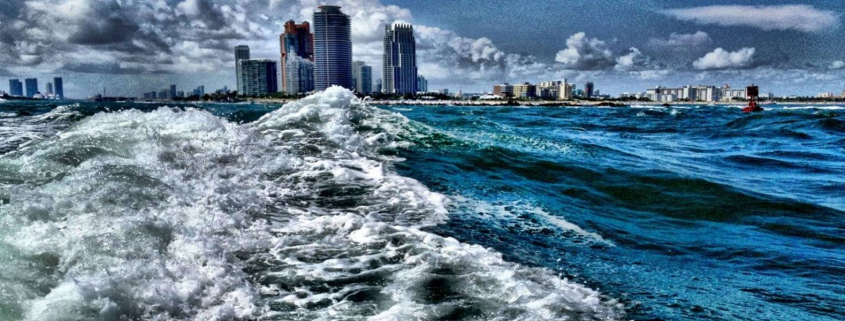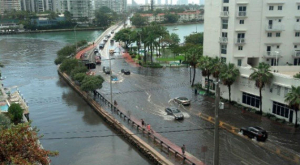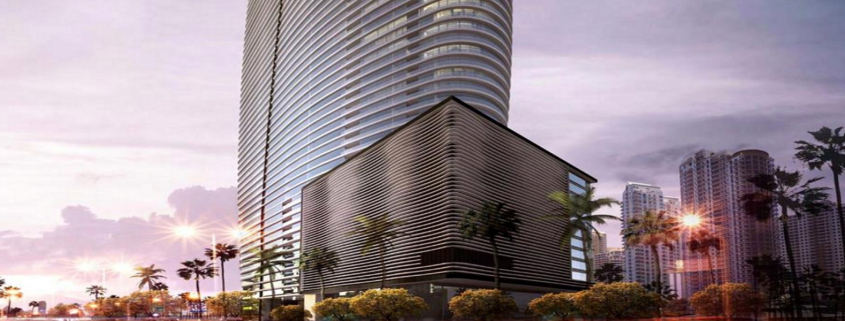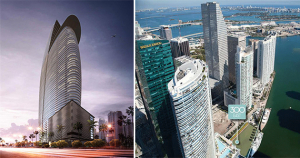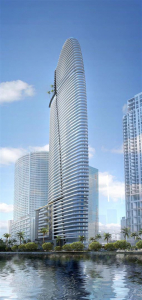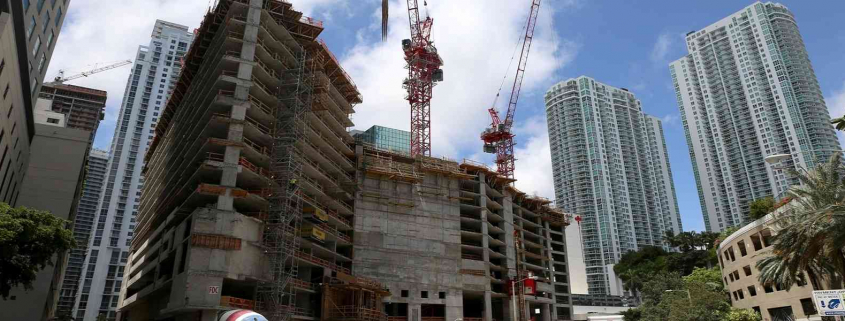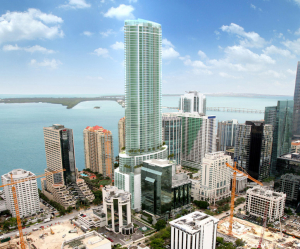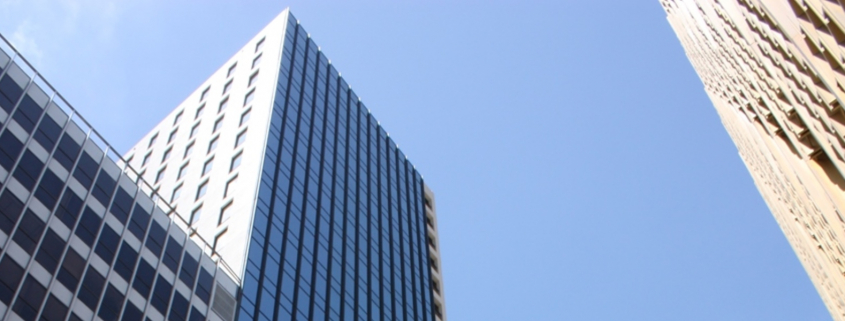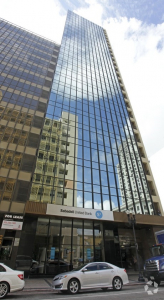As South Florida condo and townhouse prices rise during this current residential real estate cycle, value-oriented buyers who are being priced out of the coastal Miami-Dade County market are increasingly searching for alternative areas in which to purchase.
Much like Fort Lauderdale to the north, the city of Homestead in the southern part of Miami-Dade County is benefiting from rapidly appreciating prices in places like Greater Downtown Miami, Coconut Grove and Miami Beach where developers are putting up thousands of new luxury condo units.
Record-high rents are also contributing to the need for cash-crunched residents to find cheaper alternative locations. In the first three months of this year, Homestead enjoyed double-digit percentage increases in both the number of unit resales and the average deal prices transacted between January and March.
In Homestead, sellers of condo and townhouse units are currently seeking about an 18 percent premium of $109 per square foot compared to the average resale transaction price of $92 per square achieved in the first quarter of this year, according to data from the Southeast Florida MLXchange.
By comparison in Miami-Dade County, the number of resales and the average transaction price both decreased in the first quarter of the year as the gap between the average asking price of $505 per square foot and the average transaction price of $269 per square foot for a condo or townhouse unit grew to nearly 90 percent, according to the data.
The bigger the difference in the asking price compared to the transaction price, the longer the units are likely to sit on the resale market available for purchase as buyers and sellers struggle to reach an agreement. To this point, the Homestead condo and townhouse market currently has about a four-month supply of units available for purchase compared to more than 12 months of unit supply for all of Miami-Dade County.
A balanced market is typically considered to have about six months of units available for purchase. More months of units available for purchase suggests a buyer’s advantage and less months of properties indicates a seller’s advantage.
In Homestead, buyers purchased about 175 condo and townhouse units in the first quarter of this year at an average price of $92 per square foot. A year earlier, less than 160 condo and townhouse units transacted at an average price of $75 per square foot, according to the data.
This year’s average resale transaction price in Homestead is at its highest level since 2008 when condos and townhouses traded for $100 per square foot. At the peak of the last cycle in 2006, the average transaction price for a Homestead condo or townhouse unit was $163 per square foot. In simple terms, this year’s condo and townhouse resale prices in Homestead are still nearly 44 percent below the levels reached a decade ago.
In Miami-Dade County, buyers purchased fewer than 3,415 condo and townhouse units at an average price of $269 per square foot in the first quarter. A year earlier in 2015, buyers acquired more than 4,090 units at an average price of $275 per square foot, according to the data.
Back in the first quarter of 2006, the average transaction price for a condo or townhouse unit in Miami-Dade County was $300 per square foot, according to the data. This year’s condo and townhouse resale prices in Miami-Dade County are down about 10 percent from the highs of a decade ago.
Another aspect of the rising real estate prices of this current cycle is the recent impact on the county’s demographics and travel patterns. Consider that the population of Homestead jumped by 8.3 percent to more than 65,500 in 2014 from about 60,500 in 2010. By comparison, Miami-Dade County’s population increased by 6.6 percent to 2.66 million from 2.50 million during that same period, according to U.S. Census Bureau data.
As part of this, the median household income stands at $40,250 in Homestead compared to nearly $43,100 in Miami-Dade County.
As for the impact on traffic, the “mean travel time to work” is now more than 32 minutes for residents of Homestead versus an average of 29 minutes in Miami-Dade County, according to the data.
The unanswered question going forward is whether the current South Florida real estate cycle will continue long enough to create permanent demographic change — or temporary moves for price relief — in alternative markets such as Homestead.
Homestead Condo-Townhouse Market Surges In 2016
The resale activity for condo and townhouse units in Homestead is on the rise as prices in coastal Miami-Dade prompt value-oriented buyers to search for alternative locations.
| Year (Jan.-March) |
Condo-townhouse unit resale transactions |
Yr.-over-yr. chge. |
Avg. resale transaction price per sq. ft. |
Yr.-over-yr. chge. |
| 2016 |
175 |
11% |
$92 |
23% |
| 2015 |
158 |
-2% |
$75 |
9% |
| 2014 |
162 |
-8% |
$69 |
19% |
| 2013 |
176 |
-11% |
$58 |
26% |
| 2012 |
197 |
-27% |
$46 |
18% |
| 2011 |
269 |
74% |
$39 |
-3% |
| 2010 |
155 |
-12% |
$40 |
-9% |
| 2009 |
176 |
577% |
$44 |
-56% |
| 2008 |
26 |
-66% |
$100 |
-35% |
| 2007 |
76 |
0% |
$154 |
-6% |
| 2006 |
76 |
|
$163 |
|
Source: CraneSpotters.com compiled this chart using data from the Southeast Florida MLXchange.
Miami-Dade Condo-Townhouse Market Slows In 2016
The resale activity for condo and townhouse units in Miami-Dade is slowing as property prices rise
| Year (Jan.-March) |
Condo-townhouse unit resale transactions |
Yr.-over-yr. chge. |
Avg. resale transaction price per sq. ft. |
Yr.-over-yr. chge. |
| 2016 |
3,414 |
-17% |
$269 |
-2% |
| 2015 |
4,091 |
-3% |
$275 |
5% |
| 2014 |
4,200 |
0% |
$261 |
14% |
| 2013 |
4,213 |
1% |
$229 |
24% |
| 2012 |
4,187 |
-14% |
$184 |
24% |
| 2011 |
4,856 |
55% |
$148 |
-11% |
| 2010 |
3,126 |
39% |
$167 |
-5% |
| 2009 |
2,250 |
69% |
$175 |
-42% |
| 2008 |
1,333 |
-47% |
$304 |
0% |
| 2007 |
2,503 |
28% |
$305 |
2% |
| 2006 |
1,954 |
$300 |
Source: CraneSpotters.com compiled this chart using data from the Southeast Florida MLXchange
Source: Miami Herald
 Forget modifying the current structure. The new plan, dubbed Plan Z 2.0, completely reimagines the Rickenbacker. New lanes would be constructed solely for bikes, and a striking entranceway meant to link up with the planned Underline park would be built.
Forget modifying the current structure. The new plan, dubbed Plan Z 2.0, completely reimagines the Rickenbacker. New lanes would be constructed solely for bikes, and a striking entranceway meant to link up with the planned Underline park would be built. The Rickenbacker is one of the most popular pathways for cyclists and joggers not just in Miami-Dade, but all of Florida. But parts of the path can be particularly dangerous. A number of fatal accidents where drivers have killed cyclists over the past few years have brought attention to the need for more safety measures along the causeway.
The Rickenbacker is one of the most popular pathways for cyclists and joggers not just in Miami-Dade, but all of Florida. But parts of the path can be particularly dangerous. A number of fatal accidents where drivers have killed cyclists over the past few years have brought attention to the need for more safety measures along the causeway.
